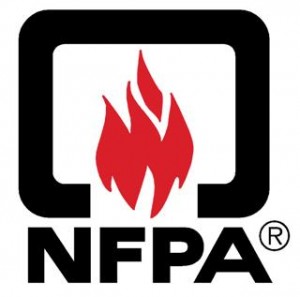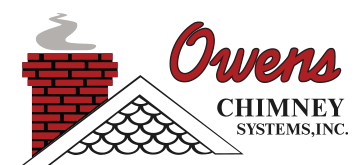Within any industry, there are a lot of acronyms and the chimney and venting industry is no different. The National Fire Protection Association, abbreviated NFPA, is the authority on electrical, building, and fire safety. This international nonprofit organization was established in 1896 and is considered the leading advocate for fire prevention.

The NFPA has also established itself as an authoritative source for public safety. It has created, published, and distributed more than 300 standards and consensus codes to minimize the effects and possibility of fire and other risks. These establish criteria for design, building, installation, processing, and service within the U.S. and other countries. More than 70,000 people from nearly 100 nations are members of the NFPA.
Members of organization do not work alone toward the NFPA mission to reduce the global burden of fire and various other hazards on our quality of life. They collaborate with other groups including the National Chimney Sweep Guild (NCSG). The NFPA and NCSG recommend annual chimney inspection by a professional chimney sweep. This expert is able to identify and correct chimney maintenance issues before health and safety hazards arise.
NFPA members also engage in research and provide training and education to the public. Outreach programs include annual Fire Prevention Week in October, Learn Not to Burn and Risk Watch programs for children, the Remembering When program for older adults, and assorted programs for other high-risk groups. In addition, NFPA offers activities and resources associated with Sparky the Fire Dog, who serves as the official NFPA mascot.
Advocacy campaigns to increase fire awareness and fire safety also are work of the NFPA. These include the Alliance to Stop Consumer Fireworks, Coalition for Fire-Safe Cigarettes, and Fire Sprinkler Initiative, Bringing Safety Home. Data collected and housed by the NFPA is used to guide educational outreach and support work performed by the hundreds of NFPA Technical Committees.
